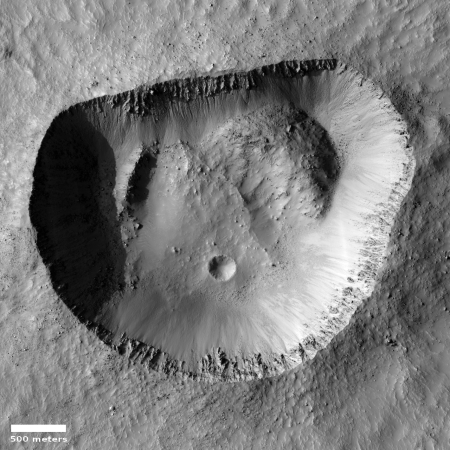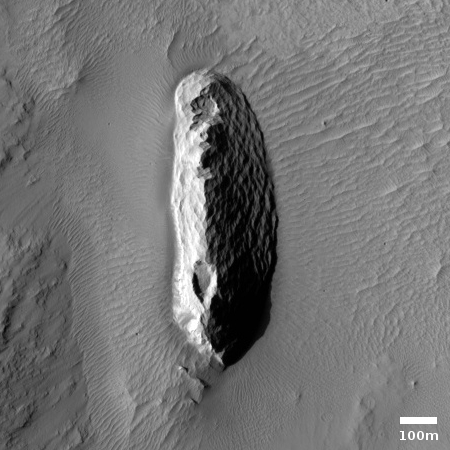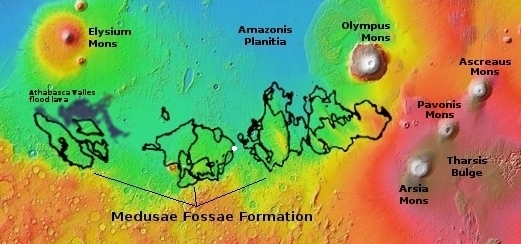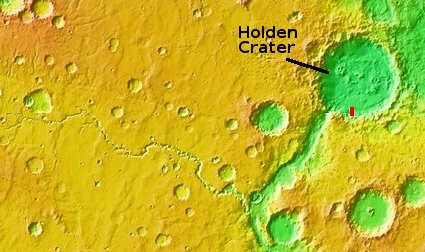China reveals its space station launch schedule
The new colonial movement: According to its chief designer, China will complete the assembly of its first multi-module space station over a two year period beginning in early 2021.
The first module for the Chinese space station will launch next year, said Zhou Jianping, chief designer of China’s human spaceflight program, on the sidelines of a political conference in Beijing Tuesday. Launch of the Tianhe core module on a Long March 5B could take place at Wenchang in early 2021. This will be followed by a crewed Shenzhou flight, from Jiuquan, and a Tianzhou cargo mission. The first of two experiment modules will then launch for docking with Tianhe.
In total 11 launches will be conducted to complete the construction of the space station by around 2023, Zhou said (Chinese). These will be the launch of the core and two experiment modules, as well as four crewed spacecraft and four cargo spacecraft. The intensive launch plan was revealed following the successful test flight of the Long March 5B heavy-lift rocket May 5. The missions will be conducted using Long March 5B, Long March 2F and Long March 7 launch vehicles.
They will first launch in 2020 their Mars Tianwen-1 orbiter/lander/rover and their Chang’e-5 lunar sample mission, both using the Long March 5B rocket.
Unless they experience a launch failure along the way, I expect this schedule to occur, as outlined.
Let’s fantasize: If SpaceX can get Starship/Super Heavy operational by 2023 (the company’s present somewhat unrealistic goal), they could send it up to swallow the station whole and bring it back to Earth, just like a James Bond movie.
The new colonial movement: According to its chief designer, China will complete the assembly of its first multi-module space station over a two year period beginning in early 2021.
The first module for the Chinese space station will launch next year, said Zhou Jianping, chief designer of China’s human spaceflight program, on the sidelines of a political conference in Beijing Tuesday. Launch of the Tianhe core module on a Long March 5B could take place at Wenchang in early 2021. This will be followed by a crewed Shenzhou flight, from Jiuquan, and a Tianzhou cargo mission. The first of two experiment modules will then launch for docking with Tianhe.
In total 11 launches will be conducted to complete the construction of the space station by around 2023, Zhou said (Chinese). These will be the launch of the core and two experiment modules, as well as four crewed spacecraft and four cargo spacecraft. The intensive launch plan was revealed following the successful test flight of the Long March 5B heavy-lift rocket May 5. The missions will be conducted using Long March 5B, Long March 2F and Long March 7 launch vehicles.
They will first launch in 2020 their Mars Tianwen-1 orbiter/lander/rover and their Chang’e-5 lunar sample mission, both using the Long March 5B rocket.
Unless they experience a launch failure along the way, I expect this schedule to occur, as outlined.
Let’s fantasize: If SpaceX can get Starship/Super Heavy operational by 2023 (the company’s present somewhat unrealistic goal), they could send it up to swallow the station whole and bring it back to Earth, just like a James Bond movie.






